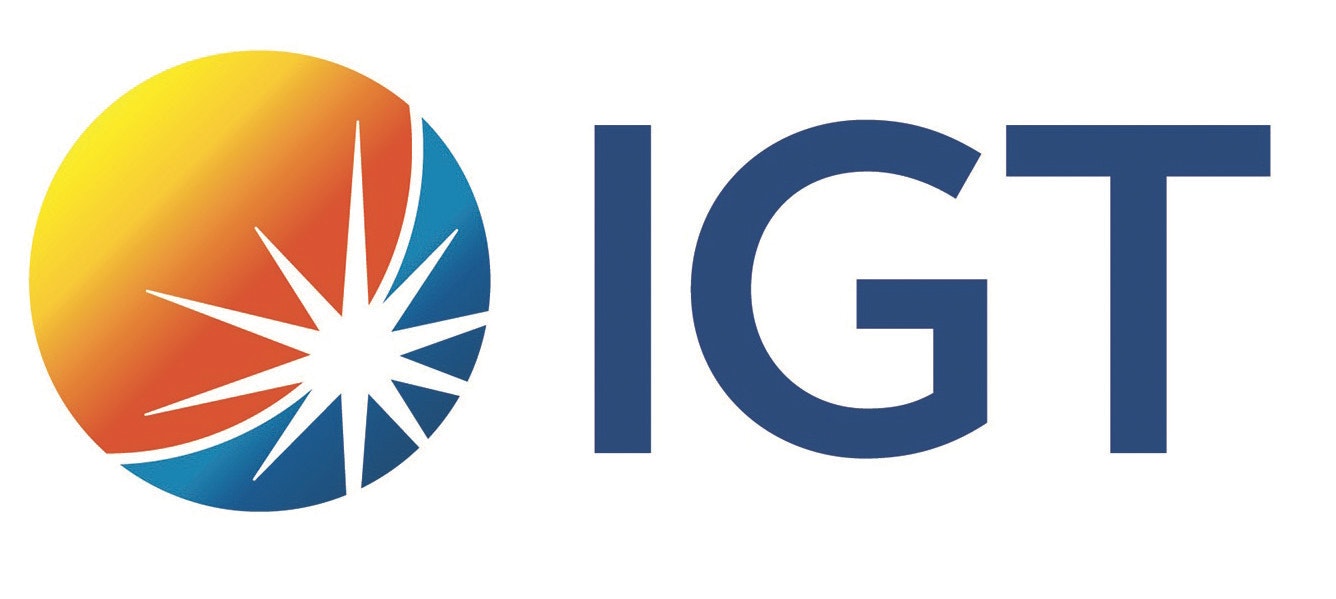
SANFL Coaches up close and personal
By STEVE BARRETT
The boundary or the box?
Some SANFL coaches prefer the expansive bird’s eye view from atop the grandstand, others opt to work their magic boundary-side and a few enjoy the flexibility of switching between both posts.
Coaching from the sideline is far from revolutionary, in fact it was standard practice during the first century of the game’s history, before vanishing for a couple of decades as we became accustomed to coaches communicating with their players (primarily via runners) by phone, while watching the action unfold from a lofty vantage point. But, like vinyl records and vintage denim, boundary coaching has returned to vogue of late, after a long hiatus.
Inventive Essendon supercoach Kevin Sheedy raised eyebrows when he first had a crack at coaching from the bench in the mid-2000s, while Sydney mentor Paul Roos became the first AFL coach to start doing it regularly later that decade. Closer to home, Daniel Healy, while in charge of North Adelaide in 2010, gave boundary coaching a crack one day against West Adelaide, mainly to shake things up as he sought to arrest a form rut. It worked.
“I certainly didn’t think it was going to be the reason we snapped a four-game losing streak but I found it to be a positive experience,” he said. “The days of your 19th, 20th and 21st men sitting on the bench and staying there for the whole game are long gone and I found it helpful to be able to interact with not only the senior players but all players as they came on and off the ground. Just to find out whether there were any trends they thought were emerging in the game, what the voice was like out there, that type of thing. I was also able to give direction when the ball was in the vicinity of the bench.”
Josh Carr, one of Healy’s successors as Roosters coach, in 2018 became the first SANFL mentor to mastermind a winning grand final from ground level since Stephen Williams did so for Port Adelaide in 1998. Central District coach Paul Thomas has followed the boundary-operating trend, as has Norwood’s 2022 premiership-winning boss Jade Rawlings. “I’ve been doing it for three years, so I see the benefits of it,” Rawlings said. “I’m there to communicate with players. My comms reduce significantly when I’m in the box. Down there, I’m able to talk with the players and give them an understanding of the state of the game.”

Central District boss Paul Thomas keeps a close watch on the game from the sidelines. Photo: Robert Laidlaw
Legendary Sturt coach Jack Oatey, like many of his 1970s and ’80s contemporaries, coached from the dugout, where on one famous occasion at Football Park he found himself in harm’s way, Norwood star John Wynne crashing into the Blues bench and tangling with him in the epic 1978 grand final. Across the border, Ron Barassi started the trend of coaches seeking a higher vantage point on game day. Barassi was Carlton’s playing coach from 1965-69 but coached the Blues from the grandstand when out injured for one match, before others copied him. Soon after, the MCG provided proper coaching facilities in the stands.
Michael Godden is in his 13th season as a senior coach – Woodville-West Torrens from 2010-18 and Adelaide’s SANFL outfit since 2021 – spending virtually all his time on game day stationed in the league’s various grandstands. “I’m up in the box,” said Godden, the most experienced coach in SA. “I don’t see the game at all on the boundary. I trust the people down there to do what they’ve got to do.”
The same goes for current Eagles coach Sam Jacobs. “Just being new to the caper, I see it better from up there,” the first-year boss said. “Obviously you get that connection point with your players down on the boundary but I feel like I’ve got better control and understanding of what’s happening when I’m up there. I think there will be times when I’ll go down to the bench but for the moment I get really good feedback from my assistants where I am.”
Sturt coach Martin Mattner, who steered the Blues to back-to-back flags from the Adelaide Oval coaches’ box in 2017-18, still favours the higher view but is happy to switch downstairs when the situation demands. “I’ve done a bit of both this year – from the bench and from the box,” he said. “I’m able to do that (change) in-game or after quarters, depending on what’s going on. It’s just that gut feeling about where the game’s going and what you feel you need to do. I’ve got the best of both worlds and I like the flexibility. Sometimes being on the bench you can calm players down and you can talk to them a bit easier as well but I probably prefer to do it from the coaches’ box – you see the game a bit differently.”
Legendary Neil Kerley’s finest coaching feats came in a player-coach capacity, inspiring with his follow-my-example leadership. Later, as a non-playing coach, he enjoyed the best of both worlds. After Kerley assumed the West Torrens coaching mantle in 1977, a custom-made Perspex box was installed above the Eagles’ dugout at Thebarton Oval, giving him an expansive view of the ground while also allowing his voice to provide instant feedback to his players. ‘King’ Kerley later had a similar elevated ‘throne’ built at Richmond, when he returned to coach West Adelaide in 1981.
Graham Cornes, Kerley’s most successful coaching disciple, steered Glenelg to successive premierships in 1985-86 from the boundary before coaching from upstairs as the Crows’ inaugural coach in 1991, after the AFL insisted stadiums upgrade their coaching facilities. “In the early days (at Football Park) we had a phone in the corner, on the front row of the first level of the grandstand,” Cornes said. “When Geelong (in the 1991 pre-season) came to town, (Cats coach) Malcolm Blight got abused by some of the crowd, so the AFL insisted we build proper coaches’ boxes. That’s when I moved up.”

West Torrens coach Neil Kerley had an eagle-eye view of Thebarton Oval in this specially-built box.
Cornes remembers the sideline being a more cramped place for coaches in the 1980s than it is today. “The big advantage these days on the boundary is there’s so much room down there and so many facilities,” he said. “In our day there was hardly any room. And at Football Park there was such a curve on the oval, when it got on the other side it was difficult to see.”
Cornes feels he would utilise boundary and box if he was coaching in 2024, with a slight preference to being upstairs. “There are advantages to both,” he said. “I reckon I’d probably vary it, depending on how you’re going. Bear in mind the new-age words around coaching are ‘connection’ and ‘relationships’ … if that’s an emphasis for you and your players, being on the boundary is much more amenable to that. On balance I’d prefer to be up in the box but there are definite advantages to being on the boundary in terms of having a greater connection with your team.”
And that’s how the majority of coaches feel these days, Glenelg’s Darren Reeves, North’s Jacob Surjan, Port’s Hamish Hartlett and South’s Jarrad Wright usually seen coaching from the boundary. West’s Adam Hartlett is most often up in the box but also at times is at the boundary to work with his young side up close and personal.

Glenelg premiership coach Darren Reeves directs his players from the boundary line. Photo: Gordon Anderson
Related News
-
 Club News
Club News2025 Hostplus SANFL League Second Semi Final Preview
-
 Club News
Club NewsLuck has Lachie land at the Bay for 100 games
-
 Team Selections
Team SelectionsSemi Final Team Selections | Season 2025
-
 Club News
Club NewsGlenelg Football Club sign Kiana Lee for Season 2026
-
 Club News
Club NewsGlenelg Football Club 2025 Online Auction
-
 Club News
Club NewsReeva’s Match Wrap | Qualifying Final
-
 Club News
Club NewsA Message From The CEO
-

2025 Hostplus SANFL League Qualifying Final Preview






























